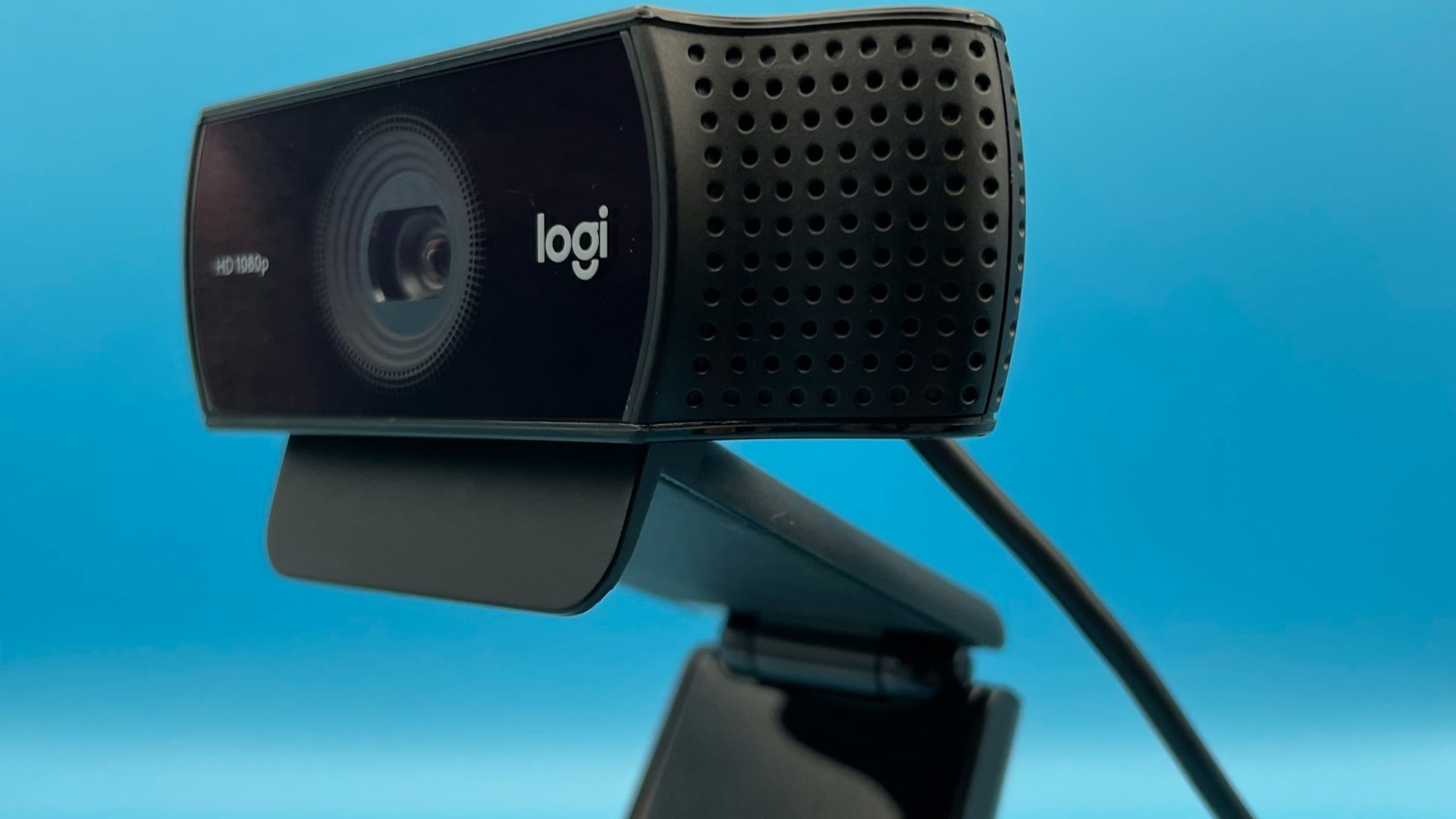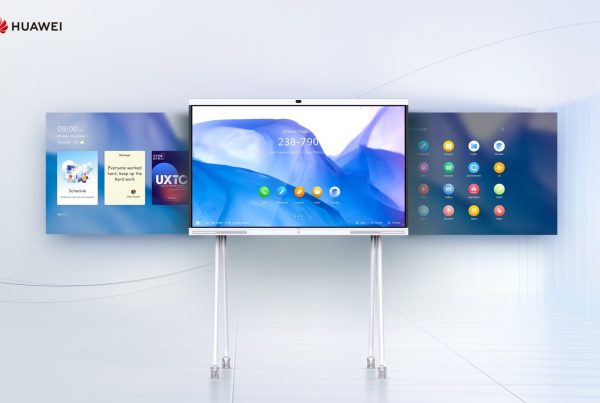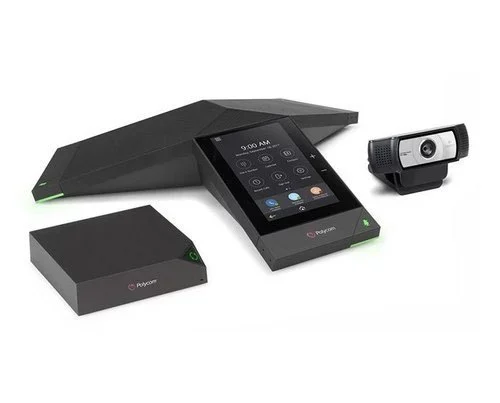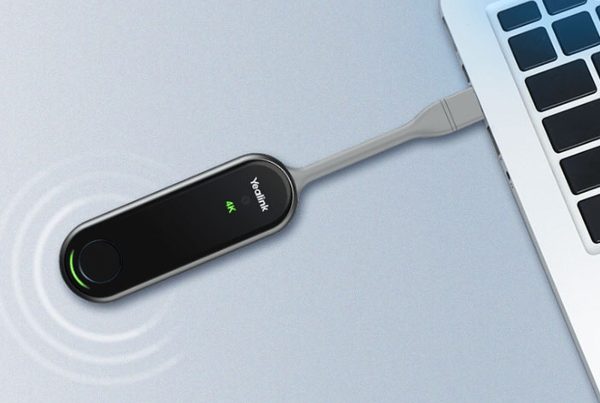Introduction
Webcams have become an integral part of modern communication, enabling us to connect visually over long distances. As technology advances, webcams have evolved, offering better resolution, features, and applications. This article explores the uses of webcams, their types, and various applications.
Table of Content
- Introduction
- Webcams in ICT
- Uses of Webcams
- Types of Webcams
- Application of Webcams
- Common Devices Equipped with Webcams
- Webcams in Laptops
- Multiple Webcams on One Computer
- The Relationship between Webcams and CCTV
- What is the difference between a webcam, digital camera and CCTV?
- Classification of Webcams
- Conclusion
- FAQs
Webcams in ICT
In information and communication technology (ICT), a webcam is a video camera that feeds or streams its image in real time to or through a computer to a computer network. This supports various ICT applications, including video conferencing, live streaming, and online surveillance.
Uses of Webcams
Webcams primarily facilitate video communication over the Internet. They enable users to interact face-to-face in real time, making them essential tools for both personal and professional communication. Here are some common uses:
Video Conferencing: Businesses widely use webcams for virtual meetings, allowing participants from different locations to communicate as if they were in the same room.
Online Education: Educators use webcams to conduct virtual classes, offering students the ability to attend lectures from anywhere in the world.
Streaming and Content Creation: Streamers and content creators use webcams to broadcast live to platforms like YouTube, Twitch, and Facebook Live.
Telehealth: Medical professionals use webcams to consult with patients remotely, offering healthcare services without the need for in-person visits.
Types of Webcams
Webcams fall into two main categories based on their connection and integration:
Built-in Webcams: Devices such as laptops, tablets, and some monitors integrate these.

- External Webcams: These are standalone devices that connect to a computer via USB or wirelessly. They usually offer better quality and more features compared to built-in webcams, making them ideal for professional use.
Webcams can also be categorized based on their functionality and usage:
- Standard Webcams: Basic models used for general video communication.
- HD Webcams: Offer higher resolution and better video quality.
- Business Webcams: Designed for professional environments with features like autofocus, built-in microphones, and wide-angle lenses.
- Streaming Webcams: Optimized for live streaming with features such as high frame rates, low-light correction, and software enhancements.
Application of Webcams
Webcams are used in a variety of settings, including:
Homes: For personal communication, gaming, and remote work.
Offices: for virtual meetings, remote work, and interviews.
Educational Institutions: for online classes, virtual labs, and distance learning.
Healthcare Facilities: For telemedicine and remote consultations.
Public Spaces: For live streaming events and public information broadcasts.
Common Devices Equipped with Webcams
Webcams are found in and used with various devices, including:
Laptops and Desktops: for video calls, meetings, and streaming.
Tablets and Smartphones: for video chatting and social media live streaming.
Smart TVs: for video calling and streaming.
Gaming Consoles: For interactive gaming and live streaming.
Webcams in Laptops
Most modern laptops have built-in webcams. These webcams generally suffice for basic tasks like video calls and online meetings. However, for higher-quality video, many users prefer external webcams.
Multiple Webcams on One Computer
You can connect and use two webcams on one computer. This setup proves useful for different live stream angles or for multi-participant video conferencing. Most operating systems support multiple webcams, but the computer’s hardware and software must be compatible and capable of handling the additional load.
The Relationship Between Webcams and CCTV
While both webcams and CCTV cameras capture video, they serve different purposes and have distinct functionalities:
Webcams: Their primary use is for live communication and broadcasting over the internet.
CCTV (Closed-Circuit Television) Cameras: Used for security and surveillance, typically recording video for later review rather than live streaming.
What is the difference between a webcam, digital camera and CCTV?
While the three devices capture video and still images, they have different primary functions and features:
Webcam | Digital Camera | CCTV |
They are designed for real-time video communication and often lack extensive storage or advanced features found in digital cameras. | It primarily serves high-quality photography and video recording needs, often incorporating higher resolution sensors, optical zoom, and various shooting modes. | They are optimised for security and surveillance, offering features tailored to continuous monitoring and recording. |
Classification of Webcams
A webcam is classified as a video input device, similar to a digital camera or a camcorder. It captures video and transmits it to a computer or network, where it can be used for various applications like video calling, live streaming, and recording.
Conclusion
Today’s digital communication landscape relies heavily on webcams, which play a crucial role by offering a range of functionalities from casual video chatting to professional live streaming. Understanding the different types of webcams, their uses, and how they compare to other video devices empowers you to choose the right webcam for your needs. Whether integrated into laptops or used as standalone devices, webcams continue to evolve, enhancing our ability to visually connect across distances. Explore a variety of webcams on Promallshop. You can read more on Webcam here
FAQs
Webcams can be categorized as standard webcams, HD webcams, business webcams, and streaming webcams, each designed for specific uses and offering different features.
Webcams are used for video communication, online education, live streaming, telehealth, and more, allowing real-time visual interaction over the internet.
No, webcams and CCTV cameras serve different purposes. Webcams are for live communication and broadcasting, while CCTV cameras are used for security and surveillance.
Webcams are used in homes, offices, educational institutions, healthcare facilities, and public spaces for various purposes, including video calls, virtual meetings, online classes, and telemedicine.
Yes, it is possible to connect and use two webcams on one computer for different viewing angles in video conferencing or live streaming.





